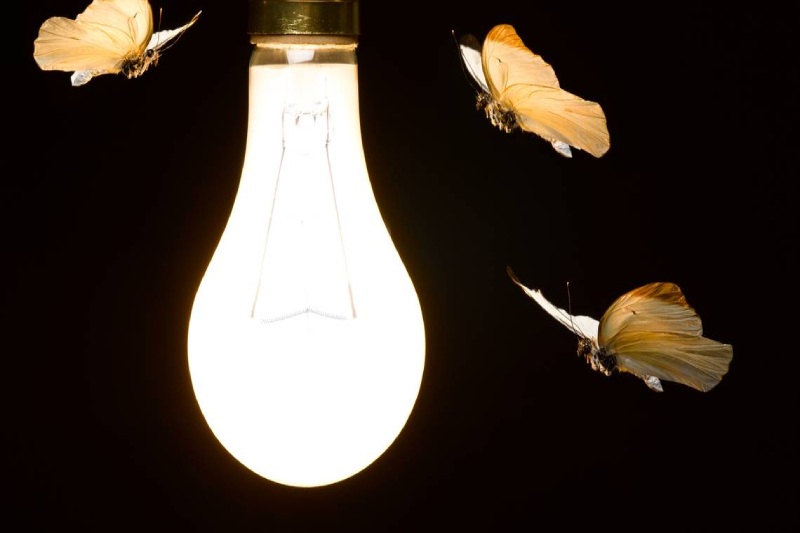Insects and Light: Novel Research Clears the Doubt

Many scientists and poets have long believed that flying insects were just inescapably drawn to bright lights, much like a moth to a flame.
However, a recent study indicates that’s not precisely what’s happening.
Researchers think that artificial lights at night may confuse flying insects’ natural navigational systems, making them flutter about porch lamps, street lights, and other artificial beacons rather than attracting them.
“Insects have a navigational problem,” said Tyson Hedrick, a biologist at the University of North Carolina, Chapel Hill, who was not involved in the research. “They’re accustomed to using light as a cue to know which way is up.”
The co-author of the study published this week in the journal Nature Communications, Sam Fabian, is an entomologist at Imperial College London. He explained that insects “tilt their backs toward the light,” as opposed to flying directly toward a light source.
If the strongest light source was located in the sky, then that would make sense. However, the outcome is confusion in midair rather than attraction when artificial lights are present.
In order to record “motion-capture” video of flying, researchers fitted tiny sensors to moths and dragonflies in a lab. This method is comparable to how actors are fitted with sensors for motion capture in movies.
Additionally, they recorded insects circling lights at a field site in Costa Rica using high-resolution cameras.
This gave them the opportunity to closely examine how dragonflies will constantly circle around light sources while facing the beams with their backs to them. Additionally, they observed that certain insects will turn over and frequently crash down when exposed to lights that shine upward, such as searchlights.
Bright lights that shine straight down were found to disrupt insect flight the least.
According to Avalon Owens, a Harvard entomologist who was not involved in the research, “for millions of years, insects oriented themselves by sensing that the sky is light, the ground is dark” — until humanity introduced artificial lighting.